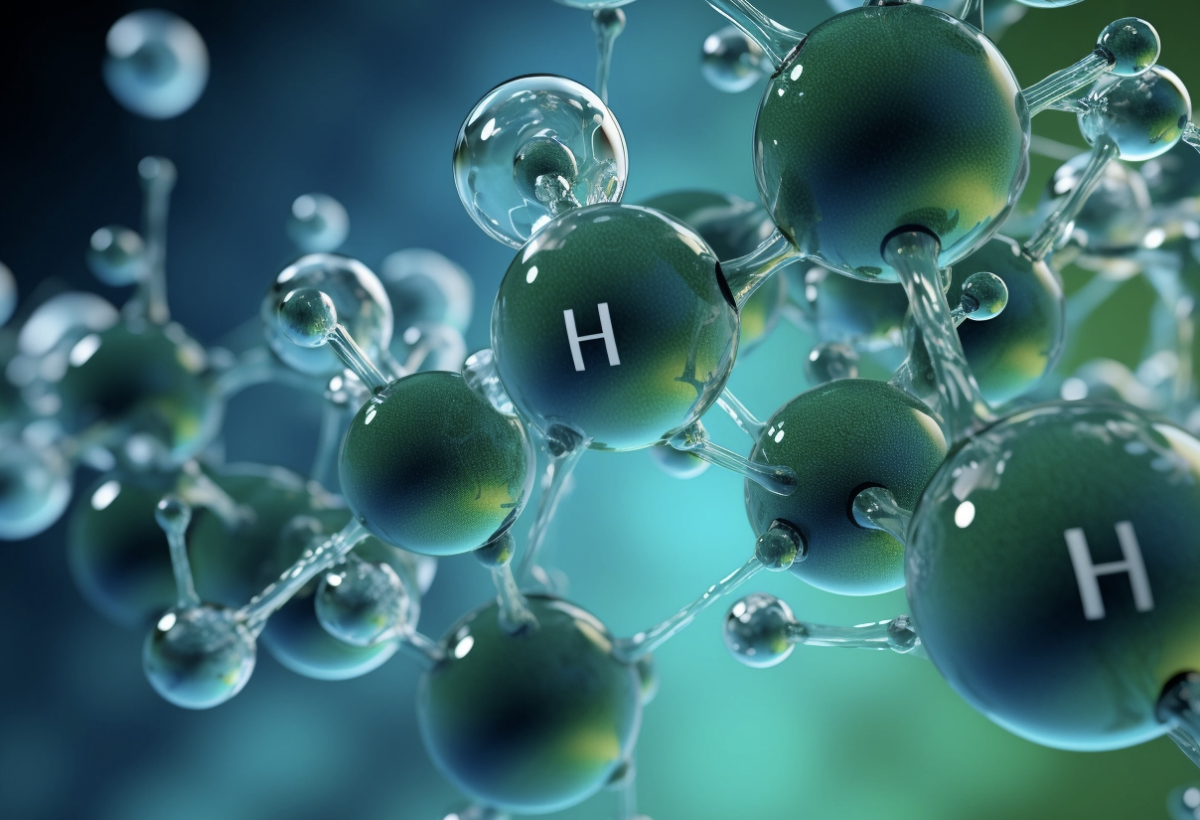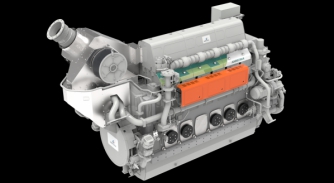Hydrogen’s hurdles
Hydrogen might seem like the ideal fuel for the decarbonisation journey, but in reality, several hurdles hinder its implementation…

Hydrogen is often touted as a promising decarbonisation solution, one that is always on the near horizon. However, as the world strives to make hydrogen fuel a reality, many of its pitfalls have come to light. This piece investigates why hydrogen is so promising, the realistic issues associated with its production and application, and offers a quick overview of how the industry is utilising this alternative fuel.
First, let’s understand why it appears to be a promising future fuel option. It is operationally carbon-free and produces zero emissions when used in fuel cells. A hydrogen fuel cell involves an electrochemical process that generates electricity, heat and water by causing a movement of electrons. Compared to internal combustion engines, which can achieve a maximum theoretical efficiency of around 58%, hydrogen fuel cells have a theoretical maximum of around 85%. While neither efficiency is entirely achievable in reality, hydrogen still offers notably improved efficiency.
Hydrogen is the lightest and most abundant element on the planet. One kilogram of hydrogen contains as much energy as 2.6 kilograms of diesel. However, a kilogram of hydrogen, in gaseous form at room temperature and sea level, occupies 11,900 litres of volume. While this issue is somewhat mitigated by the improved efficiency of the propulsion system, it remains a considerable challenge.
There are methods to reduce hydrogen’s storage volume, such as pressurisation or, more commonly, cooling it into its liquid form. However, both of these methods require significant amounts of energy. This is in addition to the initial energy required to produce pure hydrogen, which is substantial due to the strong bonds hydrogen forms with other elements (most commonly oxygen in the form of water). This energy requirement increases the cost of hydrogen as a fuel.
While it could potentially come from lower-cost renewable sources like wind or solar, currently, an estimated 96% of hydrogen is generated using fossil fuels. This not only drives up the cost of hydrogen but also counteracts the intended environmental impact reduction through its use. These energy requirements for hydrogen accumulate, making the fuel relatively expensive. According to recent price calculations, producing hydrogen costs $8,000 to $10,000 per ton, while maritime diesel averages $600 per ton in the USA and Europe.
There will be additional statutory hurdles that hydrogen needs to overcome for adoption. These arise from its chemical traits as it is both highly reactive and flammable and its minute size makes it prone to leakage. However, many other hazardous materials are regularly carried on ships, so it’s not an insurmountable obstacle, but it requires due diligence to create suitable protocols for processes such as bunkering. A notable consequence of leakage is its reduction of the overall efficiency of the system due to fuel loss.
Some champions of hydrogen are now pivoting away from its use due to these complexities in implementation. For instance, a Norwegian bunkering facility for shipping has been abandoned and Toyota has shifted its focus from passenger hydrogen-powered cars to commercial vehicles due to minimal success.
Hydrogen’s benefits make it a promising decarbonisation option, particularly in niche high-performance cases like the America’s Cup chase boats. Hydrogen seems to have found a research and development home within the superyacht industry and a focus of significant innovation driving decarbonisation.
It’s heavily involved in many innovative projects, from numerous concepts utilising hydrogen fuel cells, to several innovative hydrogen fuel cell powered superyachts currently in production, from the likes of Lürssen, Feadship and Sanlorenzo. These projects show that many in the industry are willing to overcome these downsides of hydrogen to make use of its benefits.
Additionally, the industry is reflecting the trend of the wider maritime industry by using hydrogen carrier chemicals like ammonia and methanol, which are more common throughout the maritime sector. This mitigates many of the challenges associated with hydrogen adoption while still providing some of the environmental benefits of pure hydrogen.
Although the reality of hydrogen may seem pessimistic at this stage, the real question is whether we can afford not to invest in these more expensive technologies like hydrogen. This is particularly relevant as the risks of not mitigating climate change continue to rise.
It is evident that despite these drawbacks, the industry is currently committed to developing hydrogen as its primary driver for decarbonisation. Hopefully, the ongoing projects will advance this technology and make it a more realistic option in the future.
NEW: Sign up for SuperyachtNewsweek!
Get the latest weekly news, in-depth reports, intelligence, and strategic insights, delivered directly from The Superyacht Group's editors and market analysts.
Stay at the forefront of the superyacht industry with SuperyachtNewsweek
Click here to become part of The Superyacht Group community, and join us in our mission to make this industry accessible to all, and prosperous for the long-term. We are offering access to the superyacht industry’s most comprehensive and longstanding archive of business-critical information, as well as a comprehensive, real-time superyacht fleet database, for just £10 per month, because we are One Industry with One Mission. Sign up here.
Related news

WRF features in Ocean Titans video series
Water Revolution Foundation (WRF) features in World Ocean Council video, to spotlight the intent and efforts of the industry to drive positive change
Owner

Wärtsilä's ammonia advancements
The Finnish tech leader has built an advanced engine, gearing up for the arrival of eco-friendly 'green ammonia' fuel
Crew
.jpg)
Gulf Craft’s decarbonisation strategy
We speak with Gulf Craft executives on the shipyard’s decision to invest in hydrogen-based alternative fuels over methanol
Crew

Is carbon capture all it’s cracked up to be?
Touted by many as a vital part of the solution to achieving carbon neutrality, is carbon capture a panacea or a technological pipedream?
Technology

More sustainability jargon busting
Here, we explain more sustainability terms to equip you with an understanding of this fast-paced area
Technology
Related news
WRF features in Ocean Titans video series
1 year ago
Wärtsilä's ammonia advancements
1 year ago
Gulf Craft’s decarbonisation strategy
1 year ago
Is carbon capture all it’s cracked up to be?
1 year ago
More sustainability jargon busting
1 year ago
NEW: Sign up for
SuperyachtNewsweek!
Get the latest weekly news, in-depth reports, intelligence, and strategic insights, delivered directly from The Superyacht Group's editors and market analysts.
Stay at the forefront of the superyacht industry with SuperyachtNewsweek



